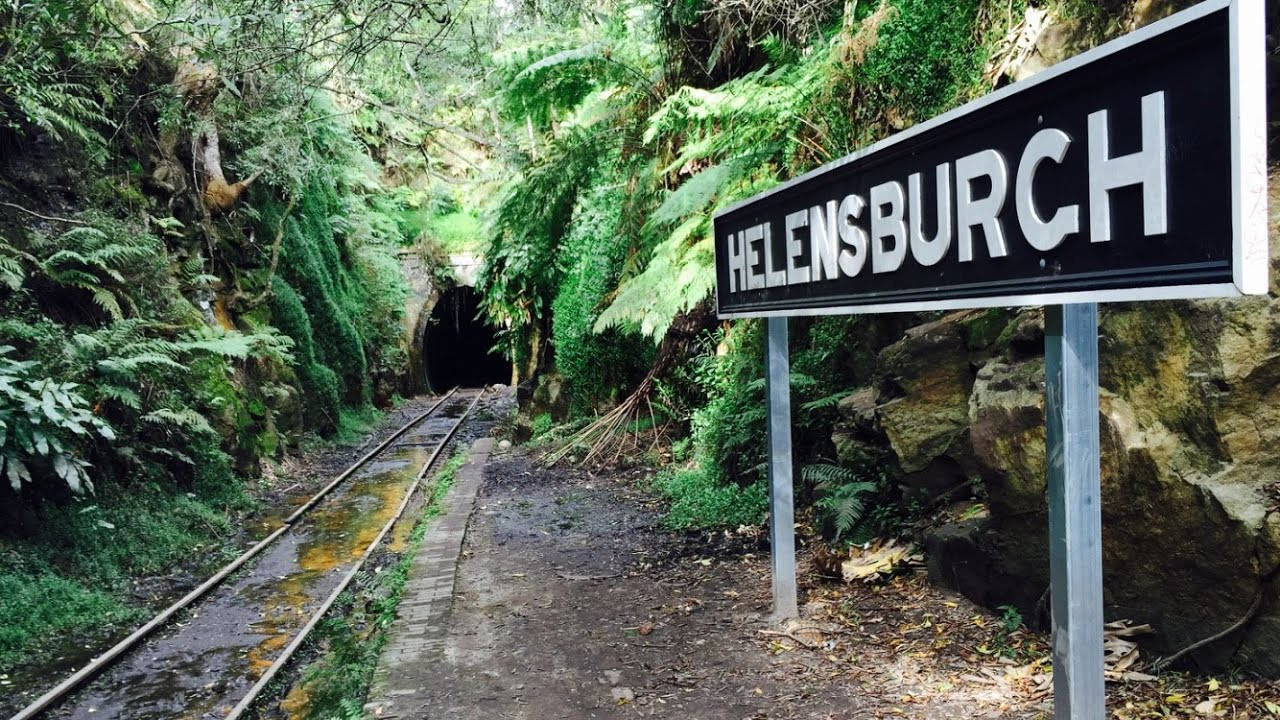
The Helensburgh Glow Worm Tunnel is an abandoned railway tunnel in Helensburgh, New South Wales, Australia. Originally known as the Metropolitan Tunnel, it was a 624-metre (2,000 ft) underground passageway designed to transport coal from the Metropolitan Colliery to the outskirts of Helensburgh, New South Wales, Australia.
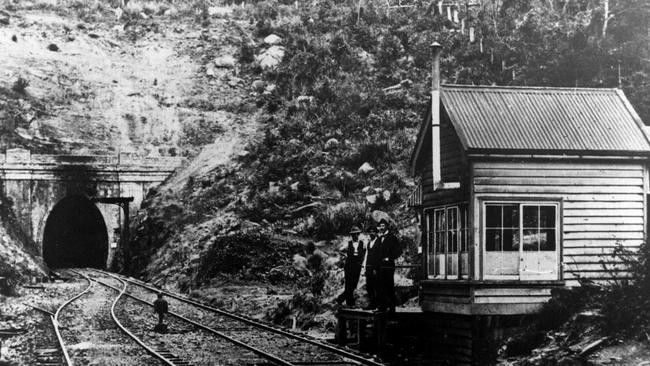
The tunnel was inaugurated on January 1, 1889. After many years of operation, the smoke and coal ash accumulated in the tunnel, making it dangerous for workers to pass through. By 1915, the tunnel was officially closed. One end was sealed and the tunnel was used as a water reservoir. After many years of abandonment, the place seemed to be swallowed up by dense vegetation and rubble, making people forget it ever existed.
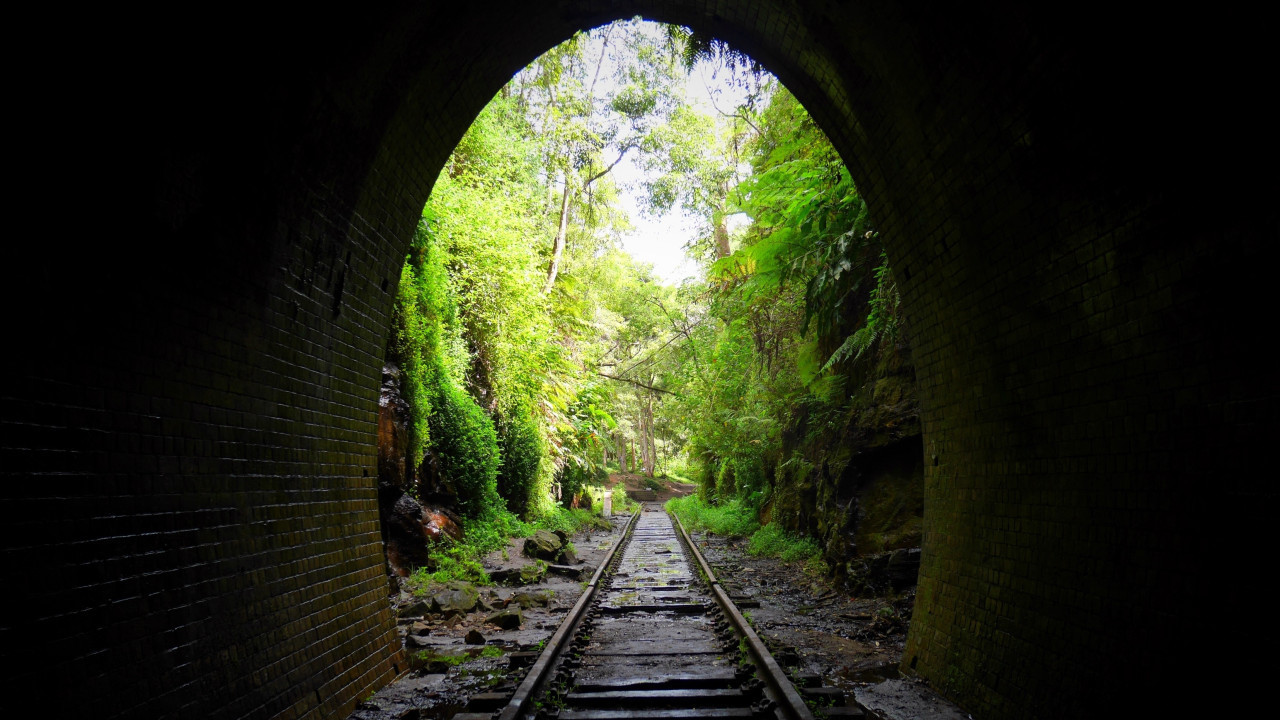
It was not until 1995 that the Metropolitan Colliery Company drained the tunnel, cleaned it inside and out, and turned it into a historical site.
After the restoration, something unexpected happened. Hundreds of thousands of fireflies moved into the tunnel and chose this place as their home. They covered the top of the tunnel, the fireflies used their bodies to glow, and at the same time, they spun webs throughout the cave to "hunt for prey". According to the explanation of entomologists, the humid climate and dense canopy here is the ideal habitat for fireflies.
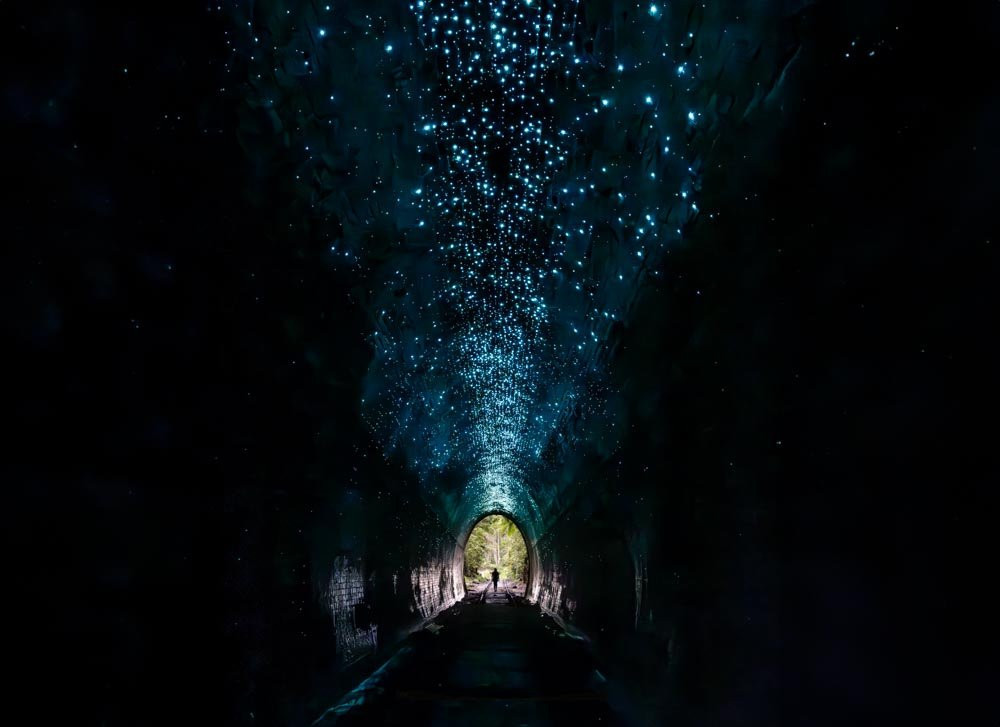
The glow of fireflies not only lures other insects into the trap, but also creates a magical scene for the Helensburgh Tunnel. The sparkling light of fireflies resembles twinkling stars in the sky.
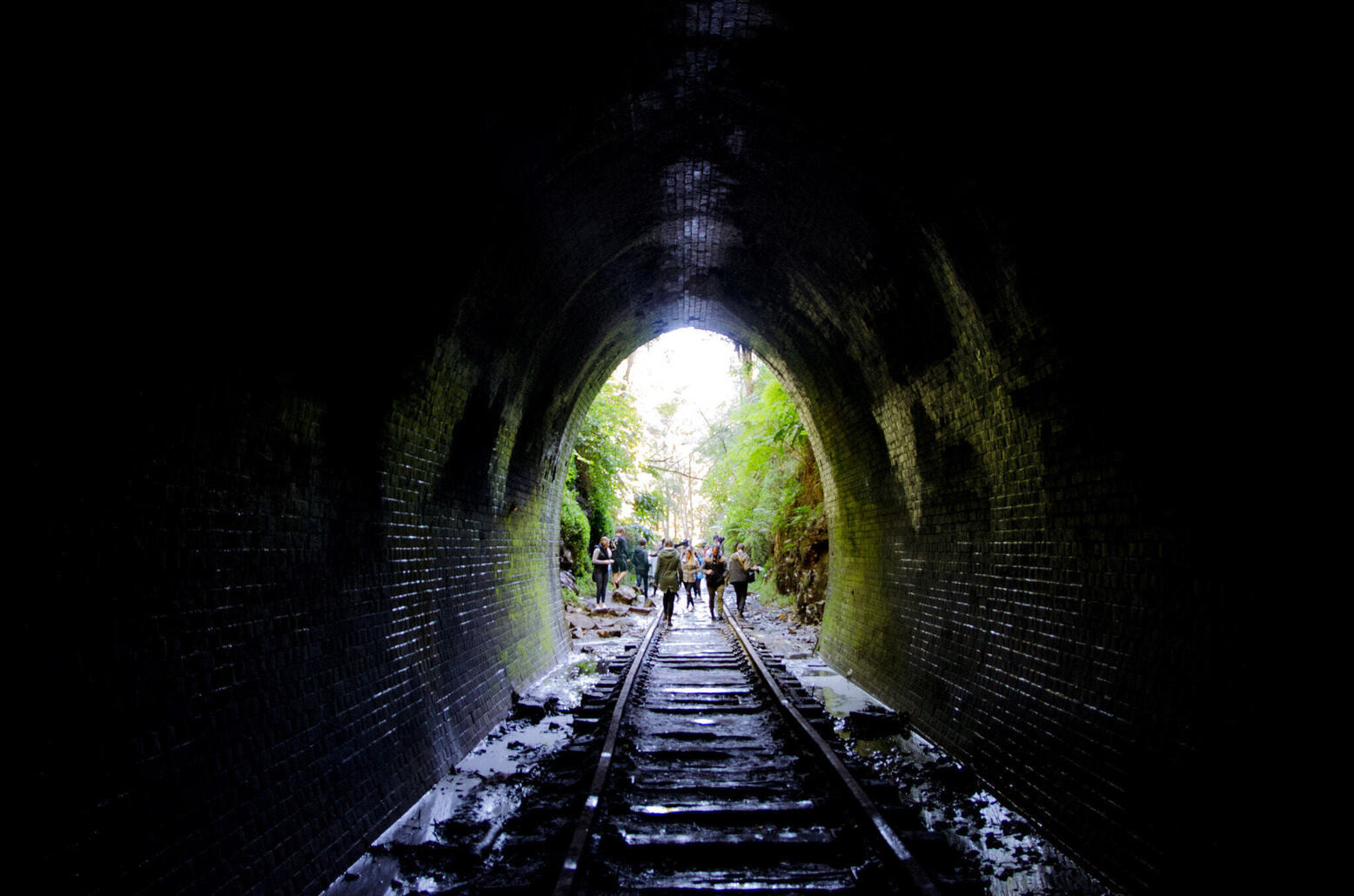
The spectacular light show has captivated locals. After photos and videos of the Helensburgh Glowworm Tunnel appeared on social media, people from all over Australia began to flock to the tunnel. Gradually, the Helensburgh Glowworm Tunnel has become an international tourist attraction.
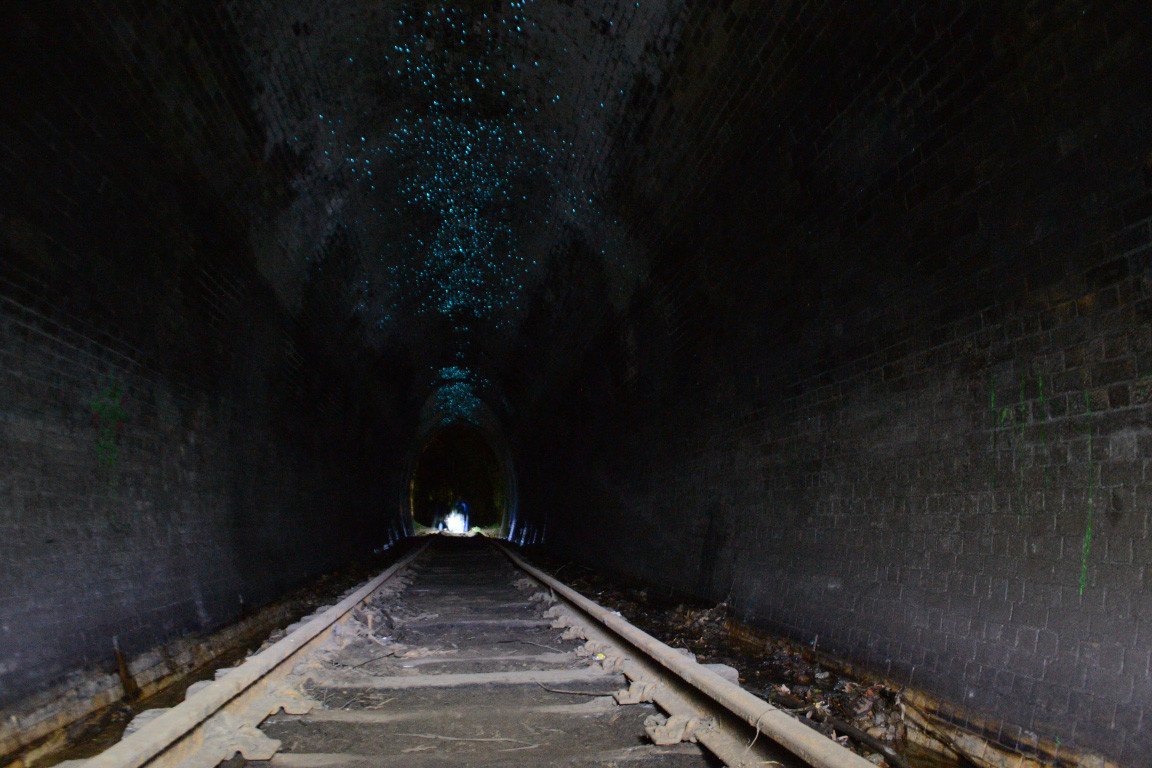
While Helensburgh was getting attention, people were unwittingly disturbing the glowworms’ habitat. People were more concerned with the quality of their photos and videos than the sensitivity of the tunnel’s glowworms. They ignored warnings such as not shining lights on the tunnel’s roof or setting off flares. Soon the glowworm population began to dwindle.
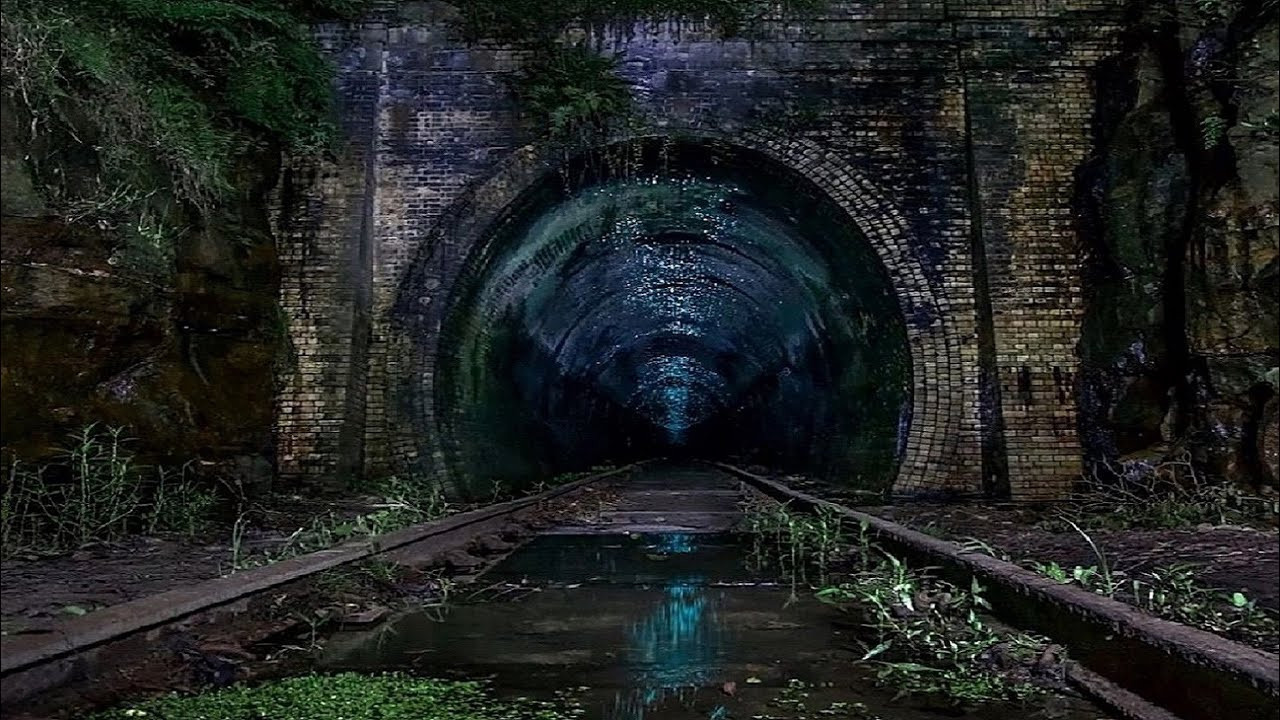
To avoid complete destruction, in January 2019, Helensburgh authorities temporarily banned people from entering the tunnel, hoping that the number of fireflies in the tunnel could recover and reproduce more.
The tunnel is now open to visitors again, but the community organization Helensburgh Landcare has issued rules of conduct that visitors must follow to protect the tunnel's hundreds of thousands of glowworms.
TB (according to Vietnamnet)Source



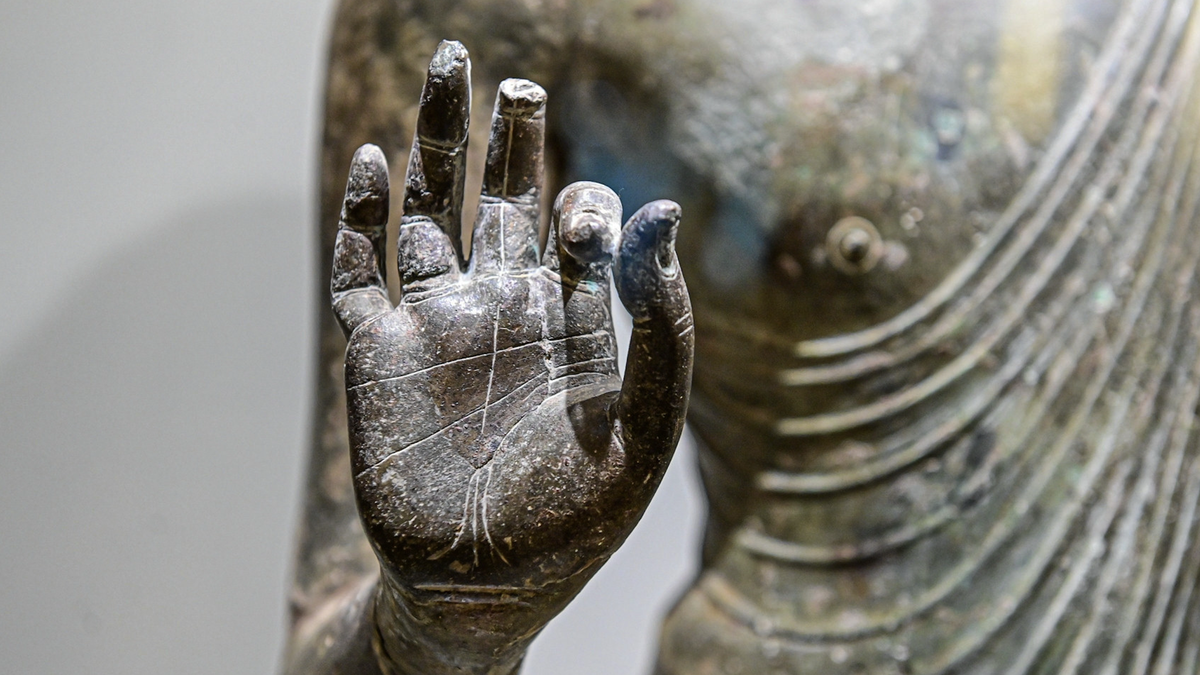






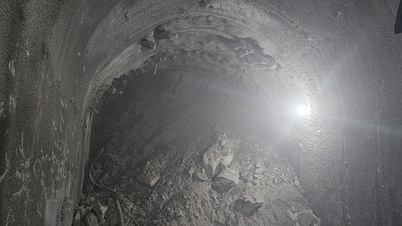

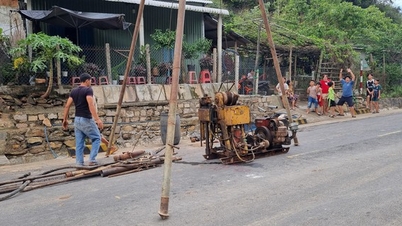



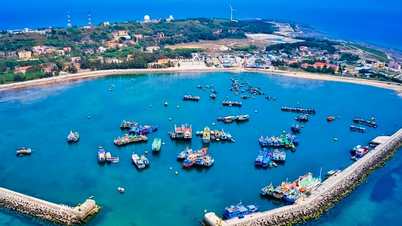




















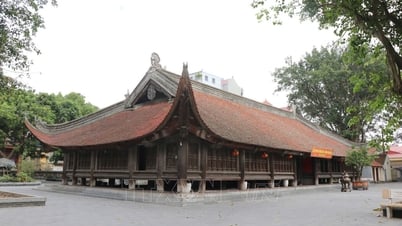





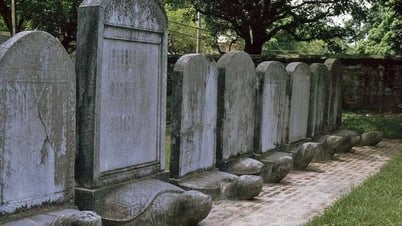

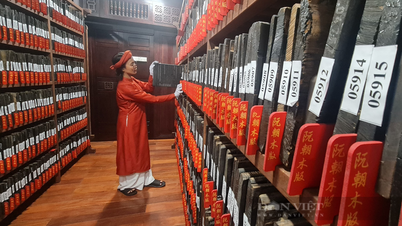













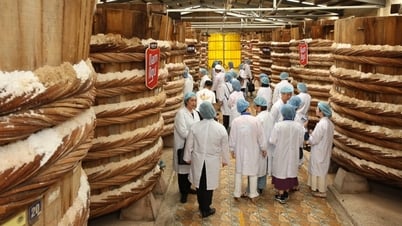








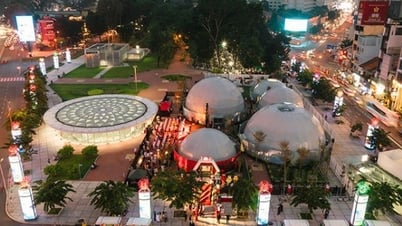







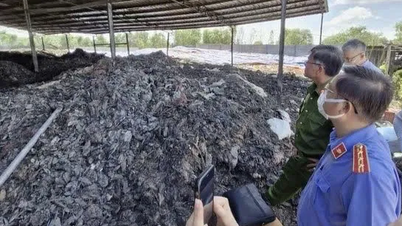
























Comment (0)